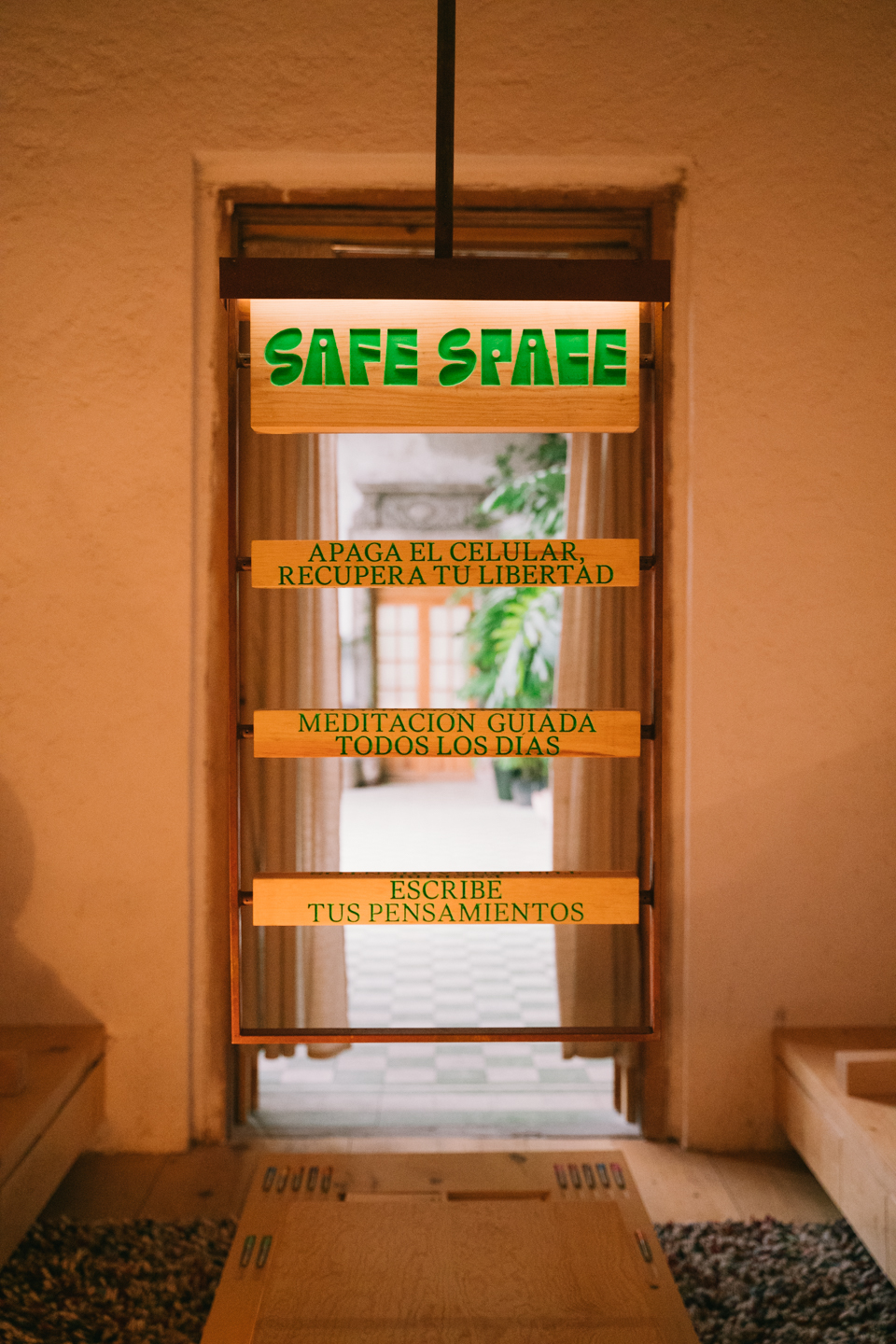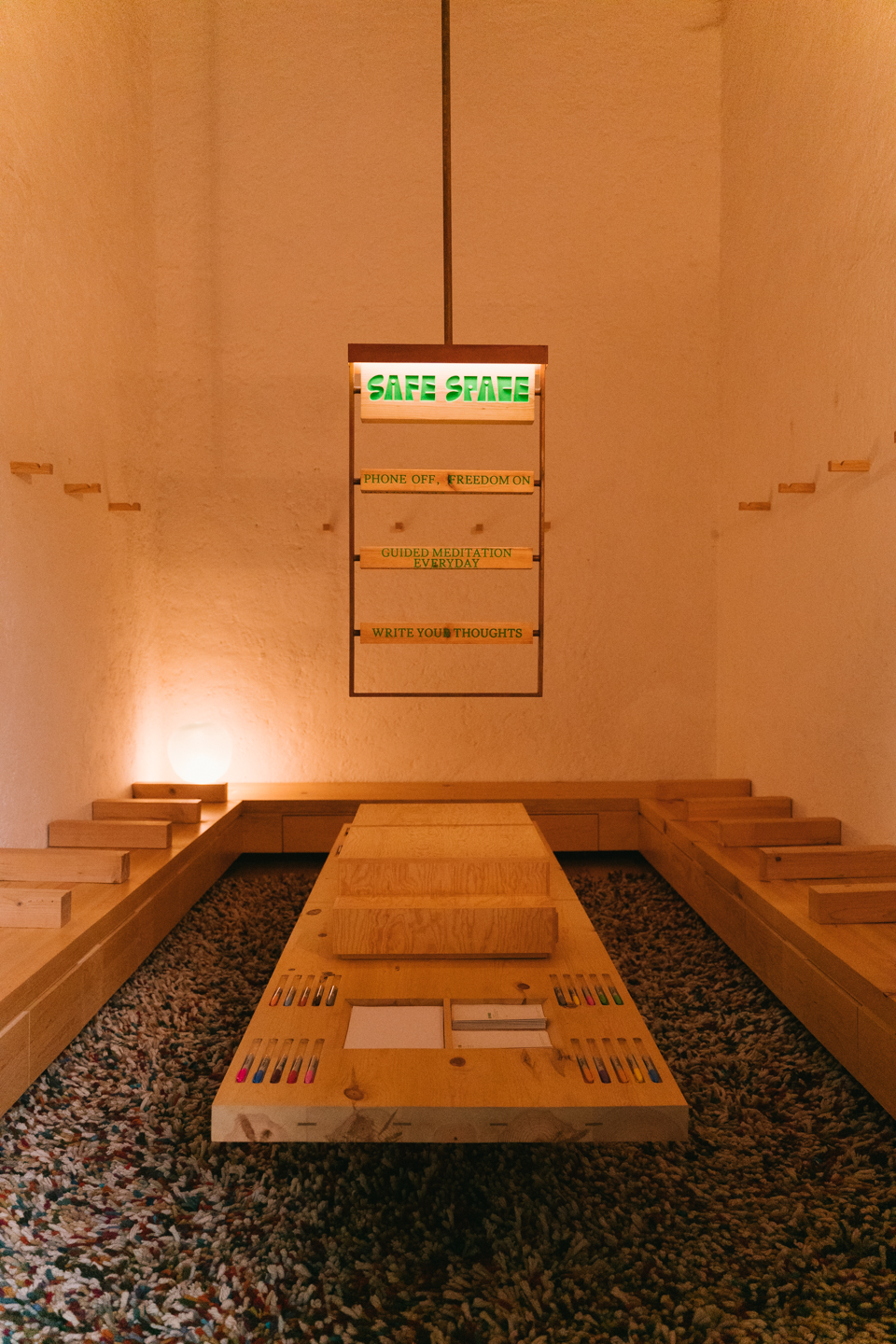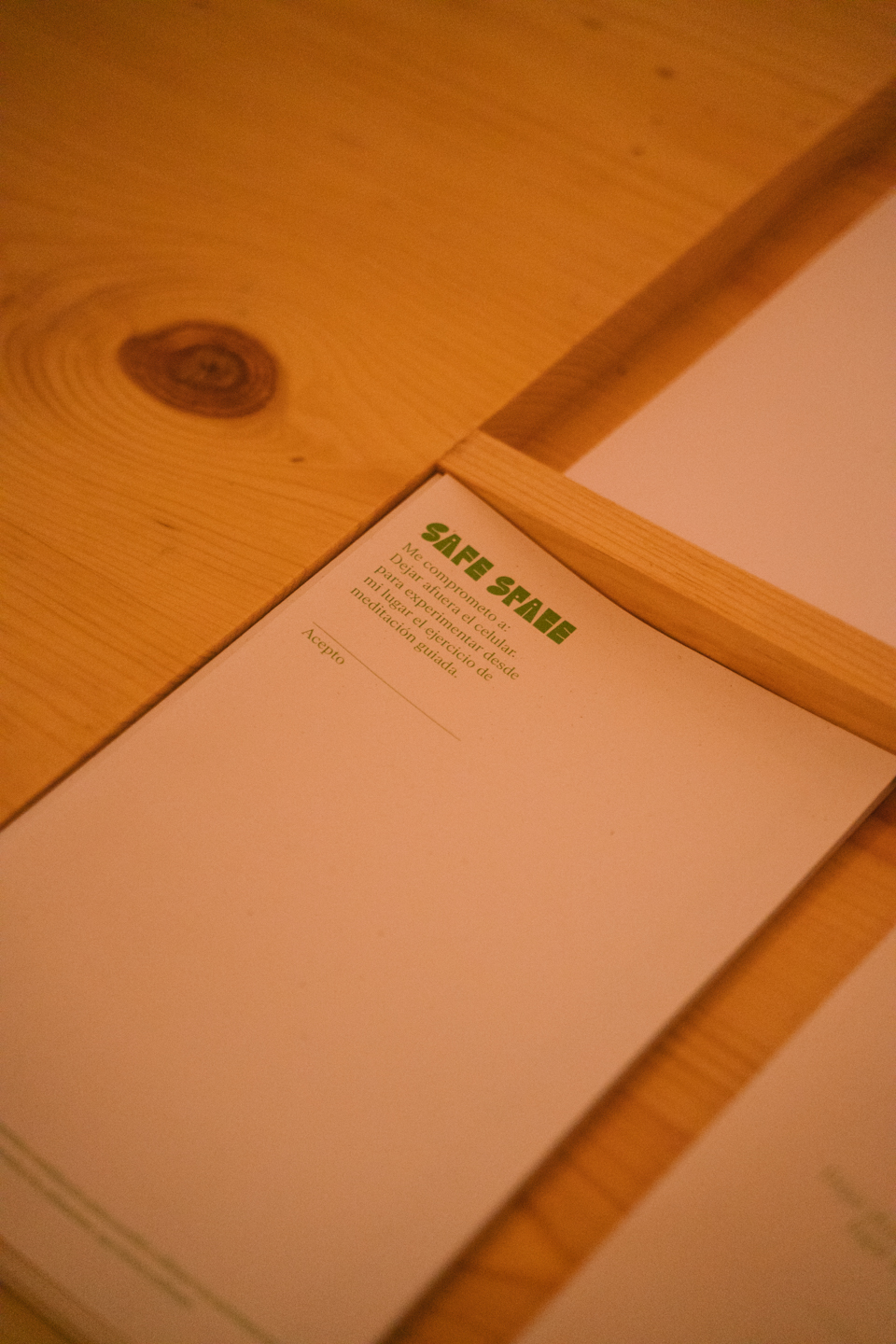
13.01.2023
Open to the public at Proyecto Público Prim
One of the most seasoned utopian imaginaries of the contemporary world, proposed to a greater extent by theorists and sociologists but rooted in the political proposals of the radical left, is undoubtedly the imaginary about the existence of a post-work future. The proposal, which seeks to escape neoliberalism, aspires to the creation of a society where work does not rule life, where wages are not the primary mechanism of distribution and where productivity or creativity are not linked to labor relations. Instead, he proposes unemployment as a form of balance between political, social and economic forces, in order to have less work, to explore an economy of democracy and so humanity will be liberated. To this end, among its implementations is the automation of the economy through machines that replace human labor, the reduction of the work week, the implementation of a universal wage (Universal Basic Income) and, above all, in the paradigm shift around how we conceive and understand the notion of work.

The hallucinatory nature of the so-called post-work imaginaries—which seem to be more like science fiction—propose a series of long-term changes to the ways in which societies conceive competition, work, productivity, remuneration and even time. But what makes us resort to imagining societies so far removed from our own? Why de we constantly imagine theories that elude the vertigo of the contemporary world? What is the symptom that lies beneath these constructs? Utopias, however distant from our societies, are also the compasses that begin to point out what does not work in our realities.
In contemporary society, work, competition, exploitation, speed, and the struggle for space define practically every sector of our lives. We have accepted that today’s world and its capitalist and neoliberal policies control our subjectivities. The exploitation of bodies, disguised as labor, is not only an ethical obligation but a means of defining ourselves and others as political and social subjects. Common spaces are increasingly worn out because of the solitary social relations that capital has reserved for us.
In addition to this, technology—which seems to facilitate various processes,reduce work, and promote connectivity—is also a kind of chokehold that permanently binds us to our jobs through emails, phone calls and constant notifications—or worse, to the capitalist agenda that social networks have programmed for their users. All our ways of being, even beyond work, take digital spaces. The connectivity and democracy of knowledge promised by the digital technological utopia seems to have outlived its purpose to become one of the most important elements where capitalism exerts power over our lives. As a result, technology has increased power over individuals, while most humans have become mere users of incomprehensible algorithms that escape logic.

How to escape from the narratives of exploitation, technology, work, labor relations? What ritual-spaces, rest-spaces, empty-spaces do we have to think, to try out other narratives and approaches to the world? Are artistic and curatorial practices spaces of resistance or of collective or individual searches where we reflect on the ways in which work, technology and accelerated worlds define life? Or, rather, are they also a network of tools where competition, speed, (in)visibility, the struggle for grants, spaces and institutional positions generate various problems, especially for emerging artists, curators and managers?
The precariousness of the cultural sector forces cultural agents to perform free and symbolic work under the slogan of visibility and prestige. The competition that lies beneath the calls, the grants, the institutional spaces, the represented or unrepresented artists is defined by competition: there will always be fewer places that we will have to fight for the ones left. The question returns: what spaces-rituals, spaces-breaks, spaces-empties can we make for ourselves now and here from our art systems?
Located in Proyecto Público Prim, there is a new space for daily meditation, open and free for the general public, which proposes a small and momentary refuge from contemporary vertigo, from individualistic systems, from acceleration, from the prison of screens. Since its opening in 2022, Safe Space has become a mental refuge for artists, curators and the general public, proposing a space for calm, thought and interiority. In the space, the light transforms all the time, becoming a kind of physical, enveloping experience, but also metaphysical, since it seems to condition for a moment our perception of the world. Safe Space leads us to the moment. It is a space where it is strictly forbidden to enter with cell phones, cameras or any device connected to the internet, as it seeks to momentarily free participants from the chokehold of screens.

Safe Space is a space-ritual/space-rest/safe-space that seeks to make us question our position before the world and its speeds. Its curator Ana Castella understands this space as an unlearning: “The visual culture in which we are immersed as art professionals forces us to consume images all the time. Safe Space is not only the disconnection from a screen, but from images in general. Although the meditation is with a work of art in front of us with subtle changes of light, the experience is more like closing our eyes all the time. It is a call to unlearn, it is an invitation to see, listen and speak more carefully”.
Comments
There are no coments available.